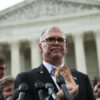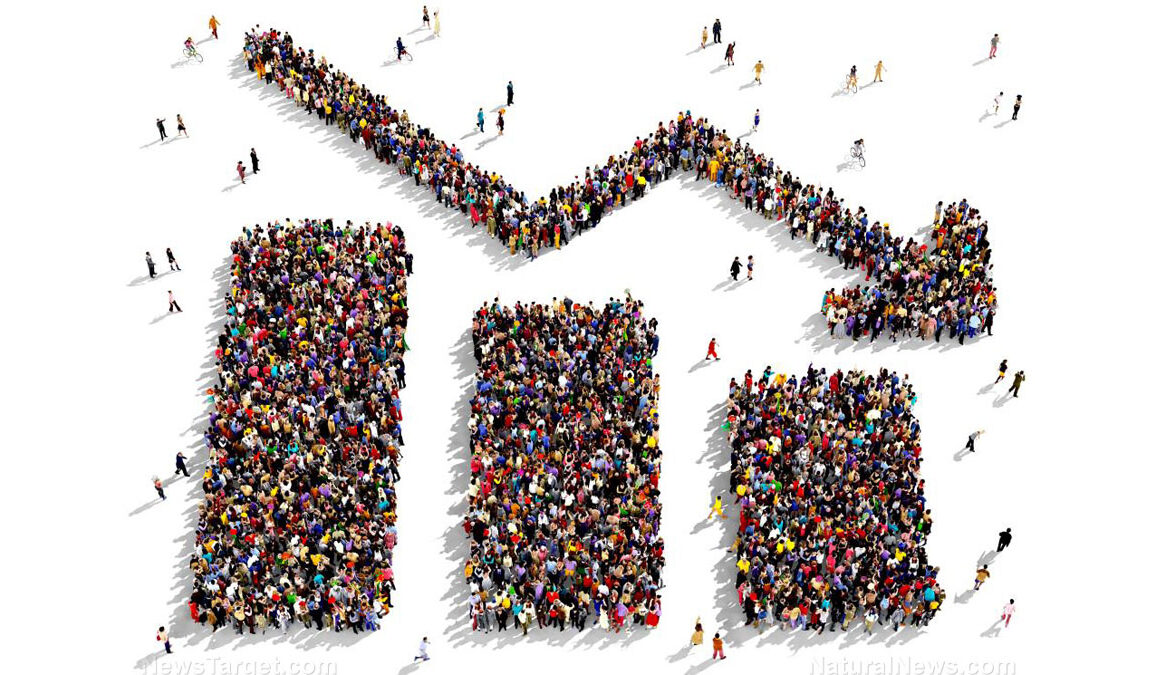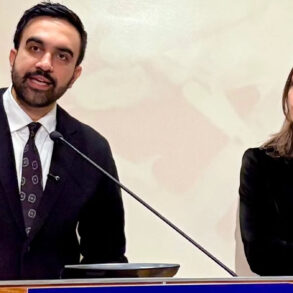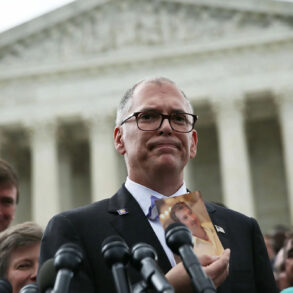A Record Low in Fertility
The United States has entered a demographic era unlike any in its history. Fertility has been falling steadily since the Great Recession of 2007–2009, and in 2024 the total fertility rate reached a record low of 1.6 births per woman. This marks a 25 percent drop since 2007. Demographers point out that the decline is driven mainly by fewer births among teens and people in their early twenties, ages when childbearing was once common. As researchers put it, those births were “often unintended,” and their decline signals both social change and economic constraint.
Despite these numbers, the U.S. still has more births than deaths. As a result, population growth has not stopped, but it is slowing. The Census Bureau reports that the share of children in the U.S. fell from 25 percent two decades ago to just 21.5 percent last year. At the same time, the share of adults over 65 rose from 12.4 percent to 18 percent. Eleven states, including Pennsylvania, Rhode Island, and Oregon, now have more older adults than children.
Demographic Shifts Across Groups
Population change is uneven across demographic lines. Census data shows that the white population is shrinking, falling by 0.1 percent last year. This is not a new trend. The 2020 Census was the first time in U.S. history that the white-alone population had declined, dropping from 223.6 million in 2010 to 204.3 million in 2020. Nine states, including West Virginia and Vermont, have reported declines in their white populations.
By contrast, the Asian population grew by 4.4 percent last year, the fastest of any group. The Hispanic or Latino population, at 68 million, grew nearly 3 percent. However, demographer Rogelio Saenz cautions that aggressive deportations could reduce that growth. “The impact that that’s going to have on already a nation that is aging and particularly with the white population and the workforce itself, aging as well — who’s going to do those jobs?” he asked.
Immigration plays a critical role in these shifts. In January 2025, the U.S. immigrant population hit 53.3 million, the largest in history. By June, it had fallen by a million, the first decline since the 1960s. Pew Research Center demographer Jeffrey Passel explained: “The U.S. population of working-age people isn’t growing. That means the only way the workforce can grow is from new immigrants coming in. If the workforce isn’t growing, it’s harder for the economy.”
Why Are Americans Having Fewer Children?
Public figures have given different explanations for the decline in fertility. Elon Musk has argued that “low birth rate is the number one threat to the West,” adding, “There will be no West if this continues.” Others in the tech world, such as Pavel Durov and Sam Altman, echo the warning. Durov called declining fertility “an increasingly serious issue worldwide” and urged people to “defy convention — redefine the norm.”
But many scholars are skeptical of these warnings. Ronald Lee of UC Berkeley points out that lavish pronatalist spending has failed to halt declines in other countries. “Hungary spends about 5% of GDP annually on pro-birth measures with little result. Financial incentives are mostly absurdly small relative to the cost of a child,” he said. Wolfgang Lutz of the Wittgenstein Centre went further: “Tech leaders like Elon Musk may be experts in their fields, but they are not experts in demography. Their views on fertility are based on gut feelings and vague conjectures rather than scientific reasoning.”
Karen Benjamin Guzzo of the Carolina Population Center emphasizes the real barriers: “The modest measures being discussed will likely not ‘budge’ birth rates because they don’t tackle the main barriers American parents say they face: expensive housing, unaffordable child care, and the absence of paid leave.” Anna Rotkirch of the Population Research Institute in Helsinki agrees, saying, “We need new and bolder solutions, which also have to come from employers, city planners, and society at large — not just politicians.”
The Disagreements Among Experts
The debate is not only about causes but also about consequences. Commentator Tim Pool has said bluntly, “The population isn’t ‘collapsing’ — it has collapsed. The shoreline is receding and no one understands the tsunami about to hit us. As U.S. population goes it will be impossible to redevelop. Automation won’t replace your customers.” Musk replied that he had been “warning about this since the turn of the century.”
Yet demographers Leslie Root, Karen Benjamin Guzzo, and Shelley Clark argue the fears are overblown. They note that while the fertility rate is at historic lows, Americans still want children. Surveys show nine in ten adults either have or want children, and ideal family size remains at two or more. The problem, they argue, is not lack of desire but feasibility. As they write, “It doesn’t seem to be the case that birth rates are low because people are uninterested in having children; rather, it’s because they don’t feel it’s feasible.”
They also challenge the idea that falling fertility will inevitably collapse the economy. Labor force participation among adults aged 65 to 74 rose from 21.4 percent in 2003 to 26.9 percent in 2023, and it is expected to reach 30.4 percent by 2033. Immigration can supplement the workforce more quickly than births, and technological changes such as automation and artificial intelligence may reduce the demand for human labor in the long run.
Predictions for America’s Future
Looking ahead, the Census Bureau projects that by 2044 the U.S. will be “majority minority,” with non-white groups making up more than half of the population. The overall population is still expected to grow — by 22.6 million by 2050 and by 27.5 million by 2100. Immigration will be the decisive factor in that growth.
Still, the aging of America is undeniable. More states are joining the list where older adults outnumber children, and the gap between the two groups is narrowing nationwide. Lauren Bowers of the Census Bureau explained, “Children still outnumber older adults in the United States, despite a decline in births this decade. However, the gap is narrowing as baby boomers continue to age into their retirement years.”
Some fear that a growing older population will strain Social Security and healthcare systems. Others argue that with modest policy changes, an active older workforce, and continued immigration, the U.S. can adapt to a new demographic balance.
Searching for Remedies
Governments across the West are already experimenting with remedies. France, Spain, Italy, and Hungary have offered tax breaks, longer paid parental leave, subsidized childcare, and housing support. French President Emmanuel Macron even called for “demographic rearmament.” In the U.S., Congress approved an expanded family tax credit in July. But experts caution that these measures usually raise fertility by only “up to 0.2, maximum 0.3 children per woman,” according to Tomas Sobotka of the Vienna Institute of Demography.
The debate over remedies highlights a deeper question: should nations aim to increase birth rates at all costs, or adapt to demographic change in smarter ways? Some argue for immigration and workplace flexibility. Others call for structural reforms to reduce the costs of raising children. What is clear is that there is no single solution.
Whether this moment becomes a crisis or a manageable transition depends on policy choices, cultural changes, and the nation’s willingness to adapt. As the debate shows, the future of America is not just a question of numbers, but of priorities, values, and vision.








